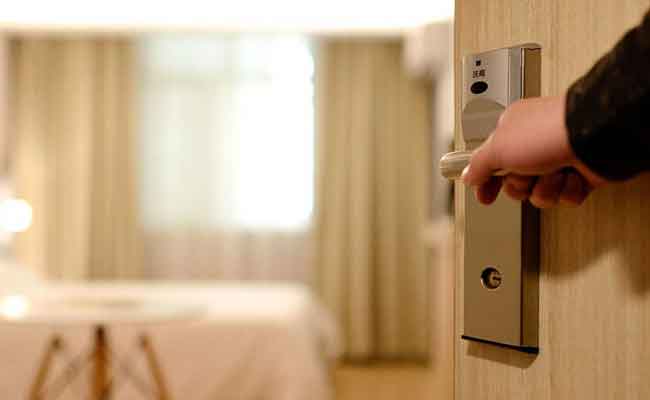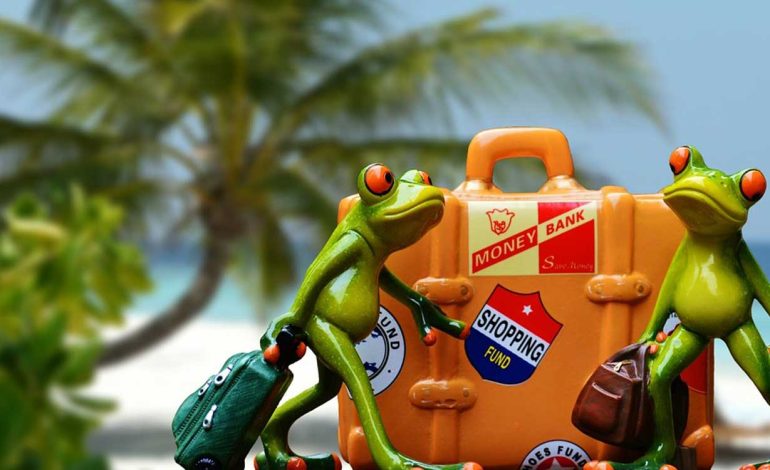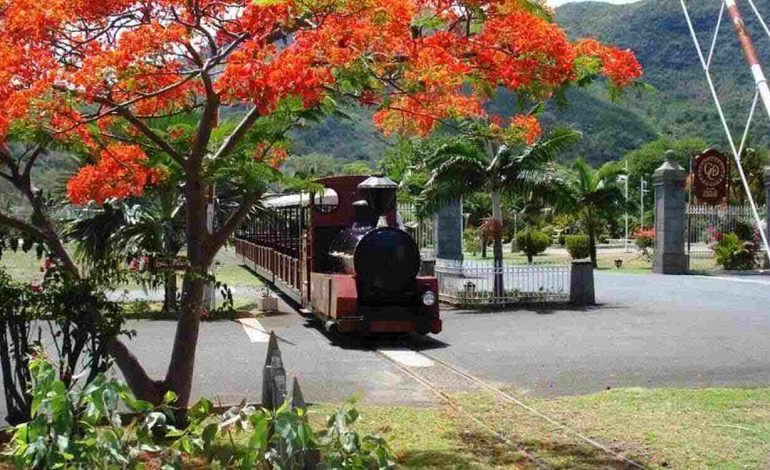Tourism is one of the pillars of the Mauritian economy and it is no surprise that the government targets higher numbers of tourists each year and continues to sanction the building of new hotels. Continuing the general trend, 2017 also saw an increase in the number of foreigners visiting Mauritius, with a rise of 5.2% overall. The countries from which the biggest rise in tourists for 2017 were recorded were: Germany at 39.3%; the UK at 21.3%; India at 14.8%; Switzerland at 14.2%; and South Africa at 6.3%.

With the increasing number of tourists arriving, the number of airlines operating out of the Sir Seewoosagur Ramgoolam International airport has also increased to nearly 20. The latest international airline to operate flights to Mauritius is Turkish Airlines, which operates 5 days a week and offers an alternative connection to Europe via Istanbul.
There are already over 20 international hotel chains operating in Mauritius which amounts to over 100 hotels, over 50 of those being ‘large’ established beach hotels of major chains, with more planned, i.e. the 4 star Anantara Le Chaland Resort & Spa on the South-East Coast, that will be operated by the Minor Hotel group from Thailand. A 2017 report from PwC indicated that the hotels in Mauritius offer over 27,000 beds and 2016 saw growth in the room occupancy rate of 3% when comparing the first semester of 2015 at 67% to the first semester of 2016 at 70% on average. Overall for 2016, Mauritius had one of the largest increases in room revenue for African countries, seeing gains of 15.3%. PwC expects these gains to increase year on year for the next five years as room capacity increases and tourism rises.


